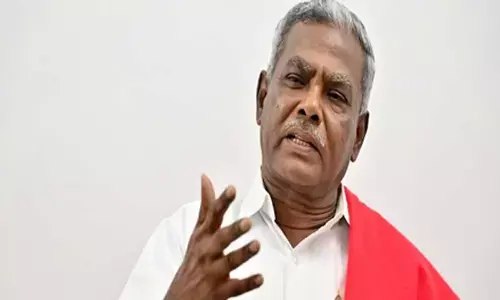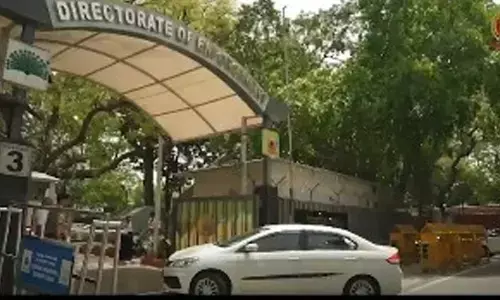Hyderabad: Price rise hits poor below the belt

Survey reveals increasing misery forcing families to sell valuables
Hyderabad: The rising prices are having a catastrophic impact on the lives of the poor, lower middle class and middle class families, specially in the Old City. where most households live hand to mouth with what they earn through daily wages.
According to a survey carried out by a city-based NGO, Confederation of Voluntary Associations (COVA), barring high income group, all other families that are designated under poor, lower middle class and middle class segments are struggling even to secure food for their members.
As a part of the 'Compassionate Citizenship and Responsible Activism Programme (CCRAP), the NGO carried out a 15-day survey in the Old City to determine the impact of growing inflation on the households of four different sections of society that includes the high income group.
The survey found that most poor, lower middle class and middle class families are finding it difficult to get basic food grains due to rising prices. No access to health care facilities, proper sanitation and litter-free atmosphere are the other prevailing conditions, adding to their woes.
However, families of the high income group are found worried only over re-payment of EMIs. They are refraining from purchasing gold and silver due to price rise, besides scaling back their vacation plans.
All the three sections of society are struggling to get access to fuel, cooking oil, groceries, LPG, milk, vegetables and meat.
On an average, the poor families found scaling back their monthly purchase of rice by 6 kg flour, oil and vegetables by 3 kg as grain and food is beyond their reach due to growing inflation.
Dr. Mazher Hussain, executive director, COVA, said "a team of 25 students from different schools took part in the training programme and survey that began on 9th of this month and concluded on May 22."
He added that "the primary objective of the programme is to make students sensitive human beings and responsible citizens through gaining exposure to different social issues and develop the required capacity to make society better"
"They were trained to undertake social sciences research, develop solutions for social problems, use media to make public aware of problems and solutions, besides approaching the elected representatives and officials for redress of problems," explained Hussain.
The survey also shed light on growing misery among the poor who are parting with valuables to secure wherewithal for sustenance. Almost 55 percent poor families are found selling their assets, like jewellery or vehicles, while 33 percent are borrowing after pawning their articles.
Among the lower middle classes and the middle classes, 25 percent are found to have sold their assets and 20 percent simply pawned.
"All the three sections largely count on borrowing loans with the lower middle classes leading in the group with 75 percent borrowing followed by 45 percent of the poor and 30 percent of the middle class. The whiplash of inflation also leaves a heavy impact on people's ability to save. Leave alone saving, the rising prices left people without wherewithal for sustenance," reveals the survey.



















